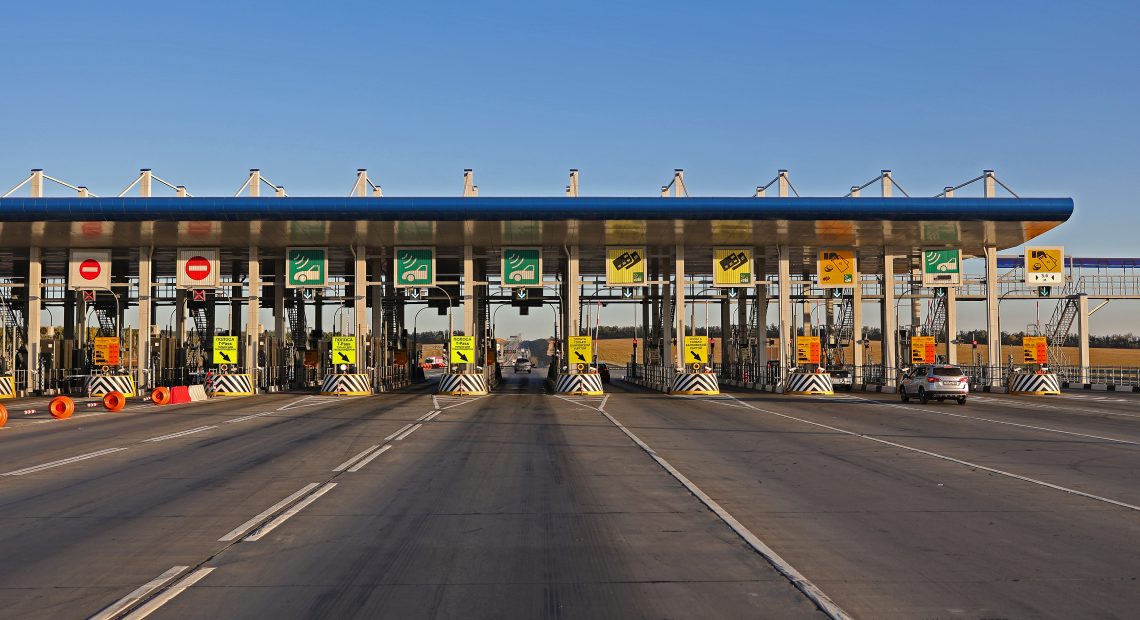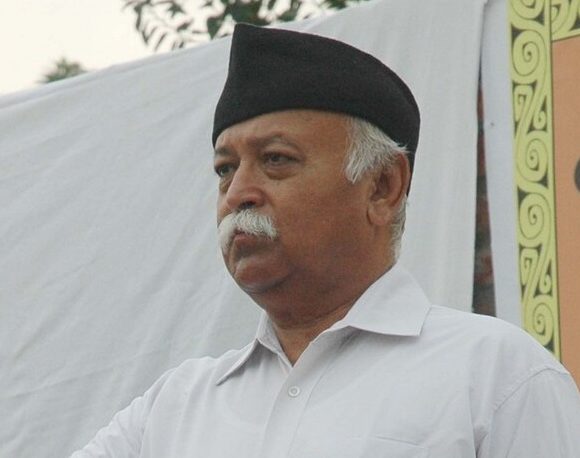
Toll Cut Up to 50% on Elevated NH Sections for Commercial Vehicles
India’s Ministry of Road Transport & Highways has introduced a transformative toll policy, reducing charges on elevated stretches of National Highways by up to 50% for commercial vehicles. The change applies to toll plazas on bridges, flyovers, tunnels, and other elevated infrastructure, aiming to rationalize fees and boost freight efficiency.
Toll Reduction Mechanism Explained
Under the revised rules, toll on high-structure highway sections will be calculated based on the lesser of:
- Ten times the length of the elevated structure plus the regular road length, or
- Five times the total length of the stretch.
By applying this formula, tolls for heavy vehicles on elevated segments can fall by nearly half compared to the previous system.
Significant Savings for Heavy Vehicles
The greatest relief is expected for heavy transport, especially in areas where more than half the highway is elevated. Notable examples include the Delhi–Dehradun expressway’s 15 km wildlife corridor, the Nashik Phata–Khed section, Danapur–Bihta stretch, and the 28.5 km Dwarka Expressway—long routes characterized by extensive flyovers and bridges.
Rollout and Implementation Timeline
- New Toll Plazas: New booths will adopt the reduced rates immediately upon opening.
- Existing Toll Plazas (Publicly Funded): Changes will take effect with the next scheduled toll revision.
- Existing Toll Plazas (Concessionaire-Operated): Reduced tolls apply once current concession agreements expire.
Private vehicle users will also see benefits, though their toll pass caps remain unchanged.
Broader Implications for Infrastructure and Economy
The policy complements the Bharatmala initiative, India’s flagship highway infrastructure program focused on expanding connectivity via tunnels, bridges, and flyovers. By easing user fees, the government aims to balance infrastructure investment with reduced cost burdens on transport operators.
Economic analysts say the move could cut logistics expenses, reduce inflationary pressures on goods, and enhance the competitiveness of Indian exports. Industry stakeholders have welcomed the change, forecasting improved operational efficiency and profitability for freight carriers.
This adjustment reflects a broader policy shift toward cost-sensitive infrastructure decisions, ensuring that toll structures remain aligned with real-world usage and public utility.


















